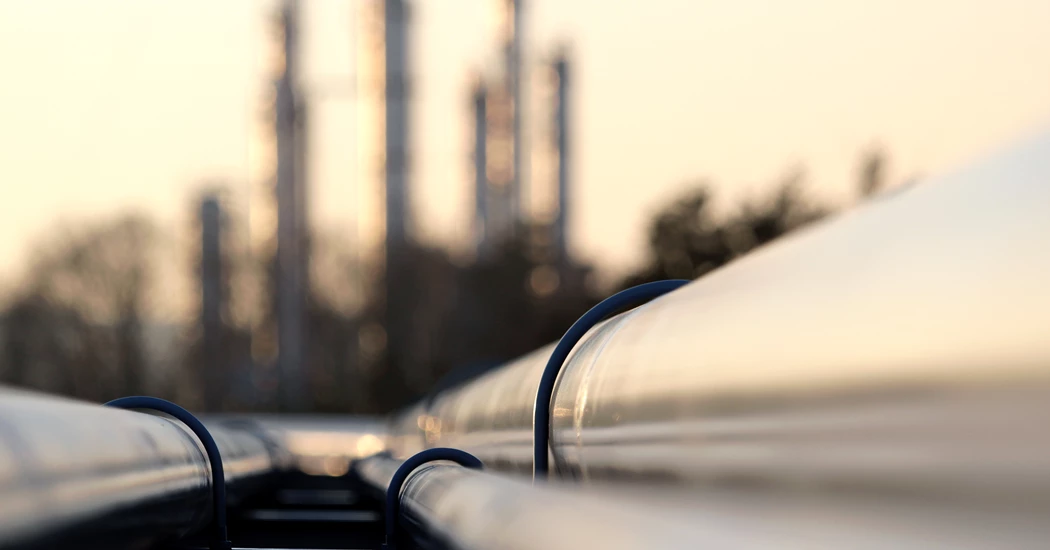Global natural gas markets continued to tighten in 2022, says IEA
Natural gas markets worldwide continued to tighten last year despite global consumption declining by an estimated 1.6 percent in 2022, the IEA’s latest Gas Market Report said. Demand is forecast to remain flat in 2023, but the outlook is subject to a high level of uncertainty, particularly in terms of Russia’s future actions and the economic impacts of fluctuating energy prices.
Unprecedented price rises led to a 13 percent reduction in Europe’s gas demand as governments responded swiftly with emergency policies, industry scaled back production, and consumers dialled down thermostats. Milder winter weather conditions also helped reduce space heating needs. Gas demand in Asia dropped by 2 percent as a result of high liquefied natural gas (LNG) prices, Covid-related disruptions in China and consistently mild weather in Northeast Asia.
LNG was a particularly dynamic area in 2022 as the value of global trade hit an all-time-high, doubling to US$450 billion. Traded volumes increased by 6 percent, slightly slower than 2021, once again highlighting the distortive impacts that sharp rises in energy prices have had on global economic activity. Europe was the primary driver behind the increase in LNG demand as it pivoted away from Russian pipeline. LNG cargoes delivered to Europe increased by 63 percent last year.
Natural gas prices, although still high by historical standards, have fallen in recent months. However, that could change in 2023 as demand for LNG picks up in Asia, particularly in China. As the world’s largest importer of natural gas, the country recently lifted its Covid restrictions, which stifled domestic demand throughout last year. China’s domestic LNG demand could increase by 10 percent in 2023, but current forecasts are highly uncertain. In a bullish scenario, China’s renewed demand growth may be as high as 35 percent if prices continue to fall and general economic activity recovers swiftly. This would spark fierce competition in international markets and could see prices return to the unsustainable levels seen last summer, representing a concern for European buyers in particular.
“Last year was extraordinary for global gas markets. Prices are returning to manageable levels, particularly in Europe, where a mild winter and demand destruction have helped to cool markets,” said Keisuke Sadamori, the IEA’s Director of Energy Markets and Security. “China is the great unknown in 2023. If global LNG demand returns to pre-crisis levels, that will only intensify competition on global markets and inevitably push prices up again.”
Despite the growth in global LNG demand in 2022, the 5.5 percent increase in supply was relatively modest. Maintenance at large liquefaction ports and a longer-than-expected outage at Freeport in the United States, one of the largest LNG terminals in the world, contributed to this. Moreover, high market prices were not enough to stimulate significant investment in new terminals.
Investment activity was slow due to rising construction costs and ongoing contract renegotiations throughout the year. This was compounded by a continued reluctance among potential buyers, with the exception of China, to commit to new LNG contracts in the face of long-term demand uncertainty, elevated pricing and decarbonisation objectives. However, many pre-investment projects – including several developments in North America as well as Qatar’s North Field South expansion – made significant progress towards a final decision, leaving the door open to a strong year in 2023.
European natural gas prices and Asian spot LNG prices spiked to record highs late last year. In Europe, this was due to offsetting the sharp falls in Russian gas supplies through LNG imports. China’s gas consumption decreased by 1 percent in 2022 as a result of lower growth in economic and especially industrial activity, Covid-related restrictions and high prices. Japan was once again the world's largest LNG importer, despite a modest 3 percent drop in LNG inflows in 2022. Preliminary data indicates a 4.4 percent rise in natural gas consumption in North America last year. This increase is primarily attributed to substantial consumption growth in the US power generation sector, as well as the expansion in Canadian consumption reported by both power generators and industrial consumers. For other regions, the current crisis casts longer-term uncertainty on the prospects for natural gas, especially in developing markets where consumption was expected to rise with the aims of helping to support industrial development and of displacing in part the use of more polluting fuels.
KEEPING THE ENERGY INDUSTRY CONNECTED
Subscribe to our newsletter and get the best of Energy Connects directly to your inbox each week.
By subscribing, you agree to the processing of your personal data by dmg events as described in the Privacy Policy.
More gas & LNG news

Tesla-Supplier Closure Shows Rising Fallout of Mozambique Unrest

UAE Names Former BP CEO Looney to New Investment Unit Board

Oman Will Seek Talks With BP, Shell to Secure Latest LNG Project

GE Vernova Sees ‘Humble’ Wind Orders as Data Centers Favor Gas

China’s Oil Demand May Peak Early on Rapid Transport Shift

Qatar Minister Calls Out EU for ESG Overreach, Compliance Costs

Chevron Slows Permian Growth in Hurdle to Trump Oil Plan

After $2.5 Billion IPO Haul, Oman’s OQ Looks at More Share Sales

ADNOC signs 15-year agreement with PETRONAS for Ruwais LNG project
















